




Tatau Pounamu Collective
This collective of community stakeholders is activating a vision for the future of East Rotorua in community, child and rangatahi-led ways.
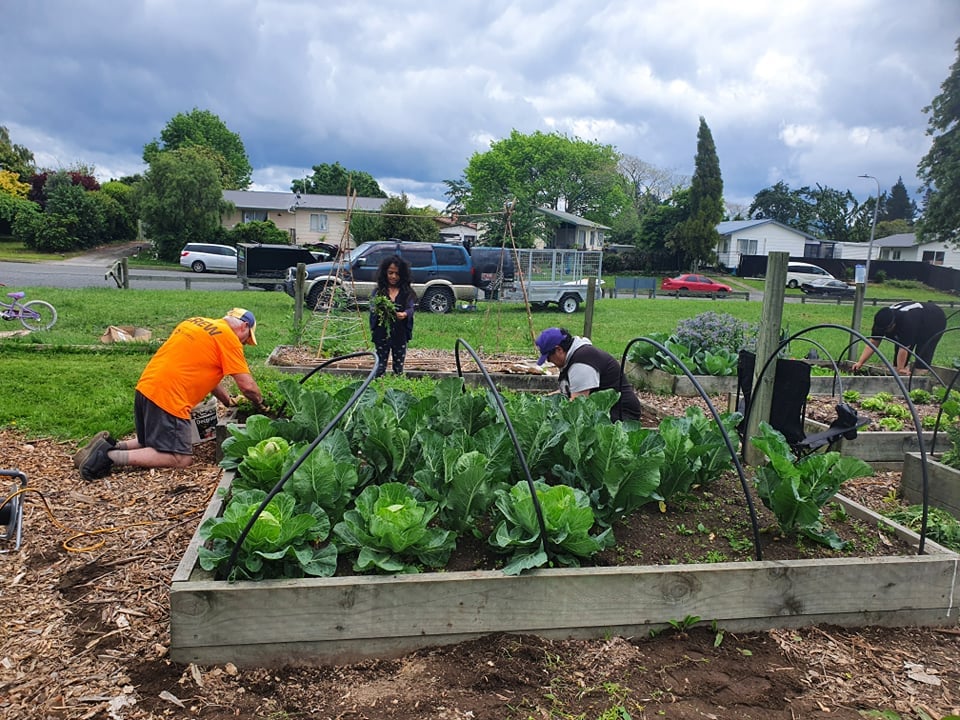
Tatau Pounamu is a community collective of stakeholders activating Taiao (environmental) and Hunga ao (health & wellbeing) initiatives within the Rotorua Eastside community. They hold a vision for Eastside Rotorua to be a safe place where every tamaiti (child) reaches their potential. The Tatau Pounamu Collective (TPC) was seeded out of the success of a community-led garden initiative and further catalysed through the Mokoia Community Association. Tatau Pounamu has been meeting as a collective fortnightly since 2012. In 2017 Tatau Pounamu became one of the inaugural 5 Community-led Development programme partners with Te Tari Taiwhenua (Department of Internal Affairs).
Evolving the collective vision
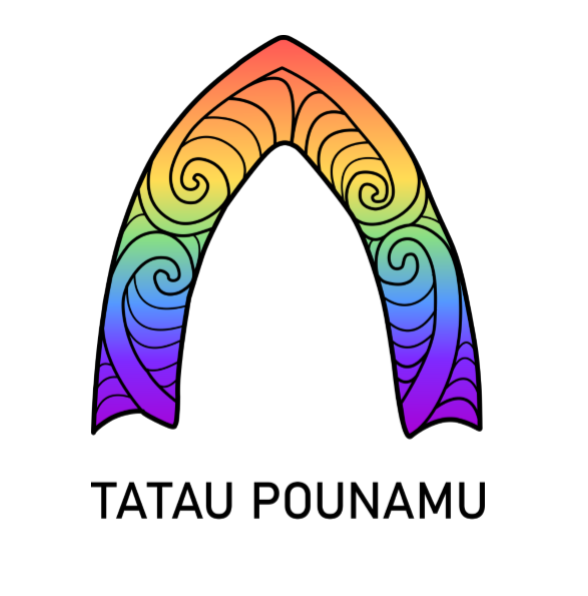
The whakaaro (plan) behind the Tatau Pounamu mahi (work) comes from a community-led approach that supports many people and organisations to work together towards a shared vision. The Tatau Pounamu Collective is made up of residents, hapū, community organisations as well as agencies and government departments who work collectively together to achieve this vision.
It is well worth having a good look around the Tatau Pounamu website, in particular this excellent, visualised expression of their approach – illustrating the pou (values) that guide the vision for the community, the double-hull waka that represents the Taiao and the Hunga Ao of the community. The hera (sails) represent the many ways the Tatau Pounamu approach is put into action by individuals and groups supporting each other and working together to create change.
The Collective has two paid workers, who are responsible for holding and sharing the Collective’s vision and mahi. They are a Pou Awhi – Communications, Administration and Support, and a Piripiri – Community Connector. We spoke with Sheree McKenzie, Piripiri and Molly Konui, who relieved as Pou Awhi for a time while Karamea Graham-Ratana was on leave from this role.
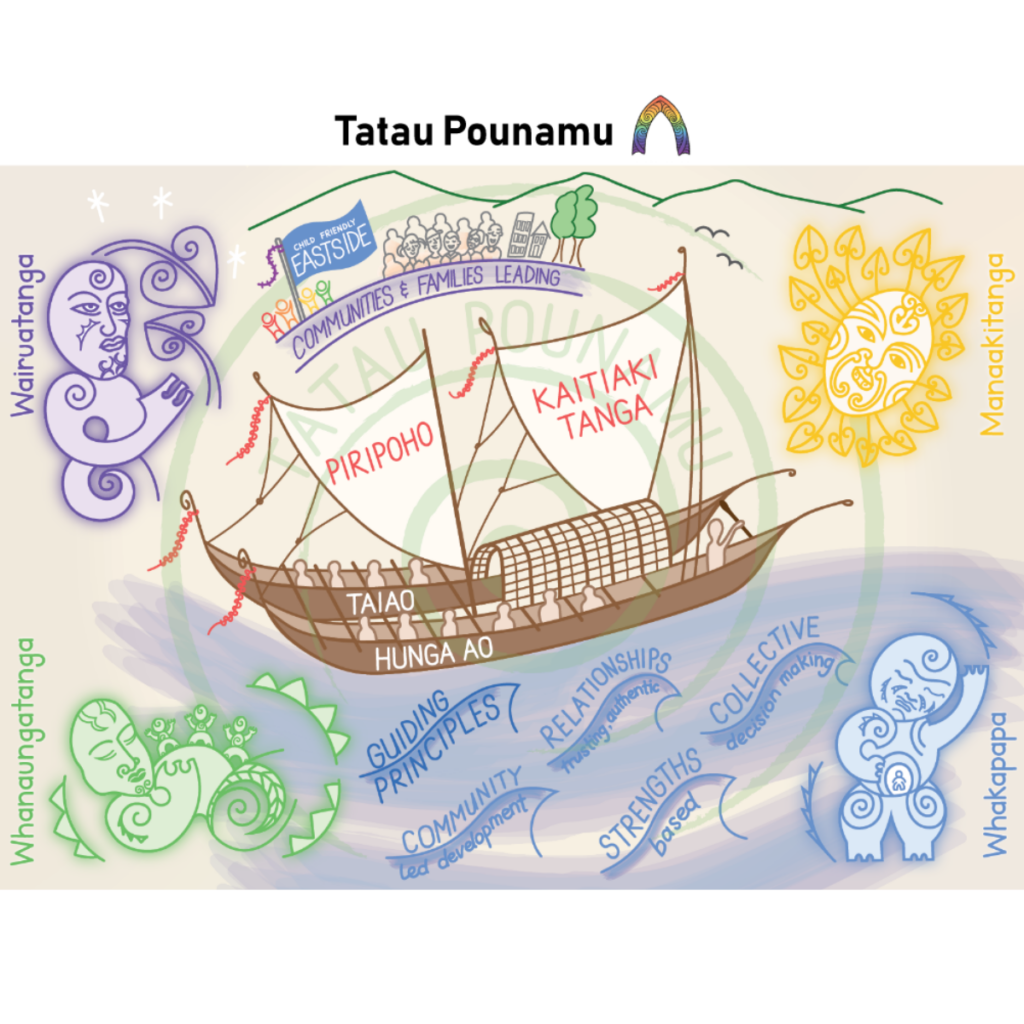
Eastside Wellness Plan
The collaborative community-led approach of the collective has enabled the establishment of the Eastside Wellness Plan. This plan was developed in consultation with the collective, local hāpu and Rotorua Lakes District Council. Significant input from residents, along with many local and national agencies such as Waka kotahi and Te Papa Atawhai (Department of Conservation) was incorporated into the plan. Conversations began in 2019, the plan was consulted on in 2020, and was adopted by Council in July 2021.
The plan is not only a pathway and framework for the aspirations and wellness of the community, but also specifically outlines how change will intersect with the community-led development in place, through a set of five key ‘moves’ that describe the intended outcomes and actions that will demonstrate how the plan can meet its objectives over time.
Eastside expects significant growth in the future, and with this wellness plan in place, the community has influence on how this development will occur. From land use, housing, health, education, environmental and recreational projects, the collective including mana whenua now have an agreement in place to work in partnership with Council and government departments from the early planning phases of all future developments in the Rawhiti (Eastside) rohe.
The shared collective vision is for Eastside Rotorua to be a safe place where every tamaiti (child) reaches their potential – meaning considerable thought, consultation and collective discussion has gone into identifying wellbeing outcomes for the tamariki in this community. Tatau Pounamu has a strong relationship with the Eastside schools and Early Childhood centres enabling the voice of local tamariki and rangatahi to be heard. The plan describes the intersection of many agencies, organisations and people and how they can work collectively around keeping tamariki and rangatahi front of mind when making changes in the community.
A place for tamariki and whānau to connect and thrive
The redevelopment of Puketāwhero park is an example of a community-led response to a playground that wasn’t meeting the needs of the community.
It began with a survey of tamariki and rangatahi on what they wanted. They took ownership and pride in it, as do their whānau
Sheree McKenzie
Feedback from local tamariki and rangatahi through surveys and workshops helped to inform the design and the development of the playground. The community consultation led to the Rotorua East Lions Club becoming an active participant of the collective and contributing 1000 volunteer hours to build the stage, with support from other members of the collective and the community.
The park is now a popular venue for whānau fun and community hauora days.
It turned an area of undesirable behaviour into an intergenerational open space that is used every day, not just by local whānau, but also whānau who drive across town to enjoy the park
Sheree McKenzie
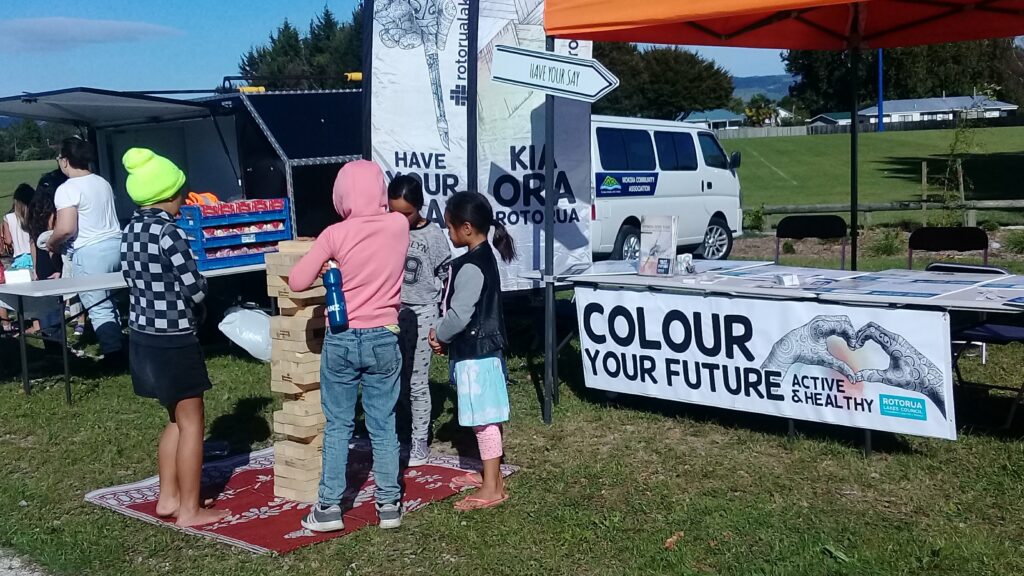
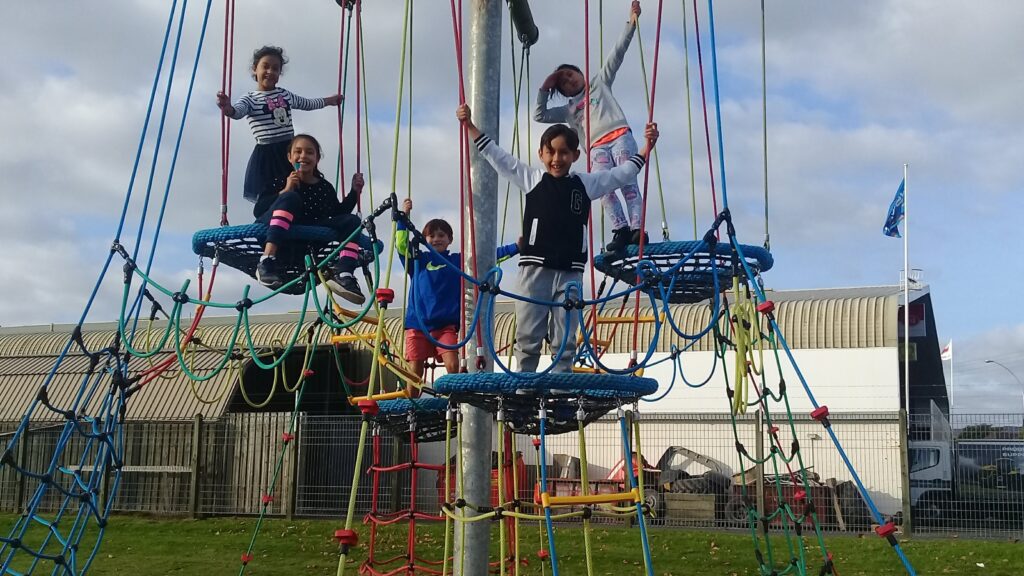
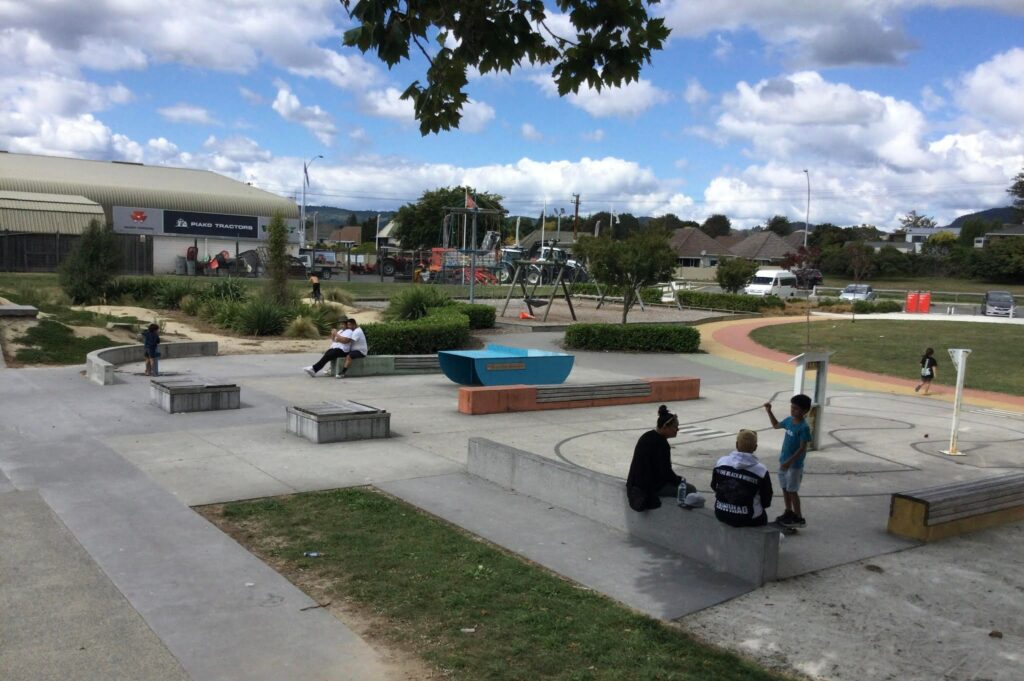
Community-led Development becomes agile online
Oftentimes, community in place is very much that – people, together, in a place. Molly and Sheree say that inevitably covid frustrations and limitations challenged the way the Collective had been operating. The Collective learned to be quickly adaptive and responsive to the changing needs of the community.
Piripoho Service
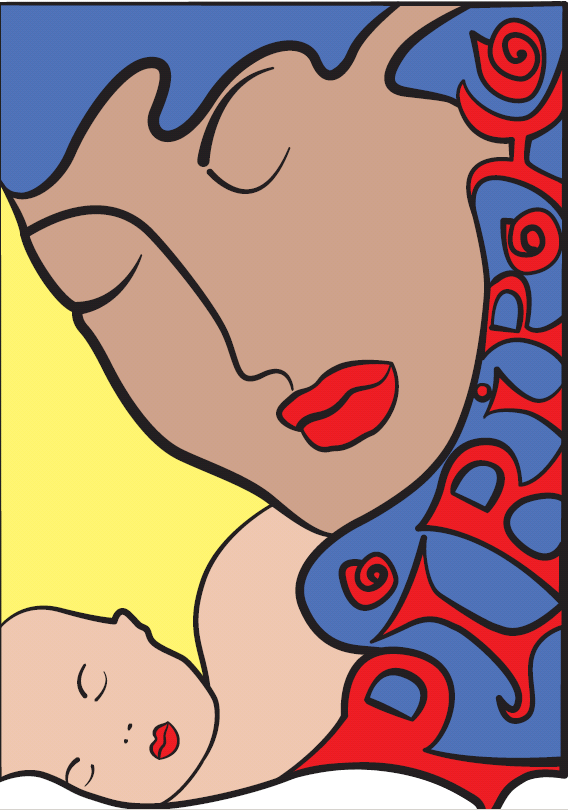
Piripoho Service is a key part of the Tatau Pounamu approach providing a community-based health and social service assisting whānau. The service has become adept at interacting online, via its Facebook page to meet the needs of whānau, particularly during the Covid-19 pandemic.
The Piripoho team, and their use of social media is our biggest connection in the community. Whanau can – and do, access the service by direct message and the 0800 PIRIPOHO number. The messaging on the posts is also really positive and pro-active – both on health needs and social needs
Molly Konui
The service has a community nurse and a whānau navigator who work directly with whānau to support the realisation of their vision: for every child aged 0 to 18 years and whānau, living Eastside of Rotorua, to be safe and empowered to reach their full potential.
During Covid-19 lockdown periods, the service focused on giving support that was agile and coordinated. After meeting essential basic needs for whānau, the Piripoho team identified the need for activity packs for tamariki. TPC responded by sourcing funds and suitable activities for the packs, These were then delivered to homes by the Piripoho team and Police Family Harm Intervention Team. This is an inspiring example of CLD strategies enabling tangible, practical actions and solutions that genuinely meet the specific needs of the people of Eastside. Read more about this child-enriching initiative here.
#LOVEEASTSIDE Social media campaign
In March of 2022, the collective decided to undertake an online campaign to activate engagement with the community. Through social media, residents were asked to share why they love Eastside and enter a competition for prizes.
Molly Konui
There were multiple drivers; engaging with our community which we haven’t been able to do due to Covid limitations, starting new connections, creating a sense of positivity, and focusing on what we love in our local areas. Our key target audience was our tamariki and rangatahi Eastside
The response and aroha for the Eastside was overwhelmingly positive and heartfelt, and really sums up the love and pride that the community have for this rohe (area).
Learn more about #LOVEEASTSIDE campaign here.
Collectively Nurturing our Future – Looking ahead
Taiao Kaitiakitanga activities are happening across the entire Eastside rohe (area). These are driven by mana whenua and the Rotorua East Kāhui Ako (made up of all local schools & Early Childhood centres). This includes biosecurity on Mokoia Island to ensure that it remains predator-free and a sanctuary for native birds. Looking into the near future, Tatau Pounamu is assisting neighbourhoods to have a third round of Eastside spring clean-up days to remove in-organic rubbish and provide education around waste minimisation and management.
This is just a sample of some of the many projects and activities undertaken by Tatau Pounamu. These kaupapa (activities) have shown what can be achieved by working in community-led partnerships and have firmly established community-led principles for the future growth and wellbeing of the Eastside of Rotorua where every tamaiti (child) reaches their potential.
